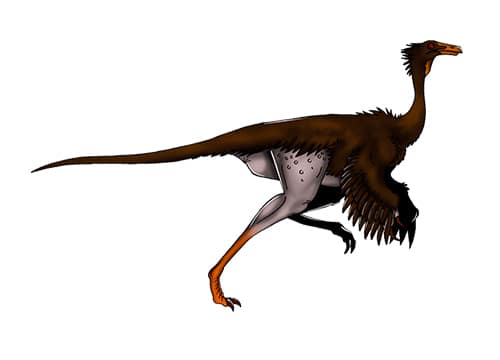Dromiceiomimus


Name: Dromiceiomimus
Pronounced: dro-mi-see-oh-me-muss 
Meaning: emu mimic
Type: Large Theropod
Length: 3.5 meters long
Diet: Omnivore
Period: Late Cretaceous
Years: 74-70 million years ago
Location: Canada
Description: Dromiceiomimus is a genus of small, herbivorous dinosaur that lived during the Late Cretaceous Period, about 75-70 million years ago. It was a member of the group of dinosaurs called the ornithomimids, which includes a diverse group of animals that are characterized by their long, slender legs and arms and toothless beaks. Dromiceiomimus was a small, agile dinosaur, with an estimated length of about 8-9 feet and a weight of up to 200 pounds. It had a small, triangular head with a long, toothless beak, and a pair of large, forward-facing eyes. It had a long, slender neck and body, with long, powerful legs and arms. Dromiceiomimus is known from a number of well-preserved fossil specimens, including several complete skeletons and skulls, which have helped paleontologists learn more about the anatomy and behavior of this dinosaur. It is known from North America and Asia, and is named after the Greek words 'dromaios,' meaning 'runner,' and 'mimos,' meaning 'mimic.' Dromiceiomimus was a herbivorous dinosaur, feeding on a variety of plants including ferns, cycads, and conifers. It is considered a primitive ornithomimid, and is thought to be closely related to other members of this group such as Struthiomimus and Gallimimus. Dromiceiomimus is important because it is one of the best-known ornithomimids, and provides insight into the anatomy and behavior of this group of dinosaurs. It is also significant because it is one of the few known ornithomimids that is known from well-preserved fossil specimens, and provides important evidence for the evolutionary relationships and diversity of these animals.
Loading images from Wikipedia
Loading a Random Dinosaur...


